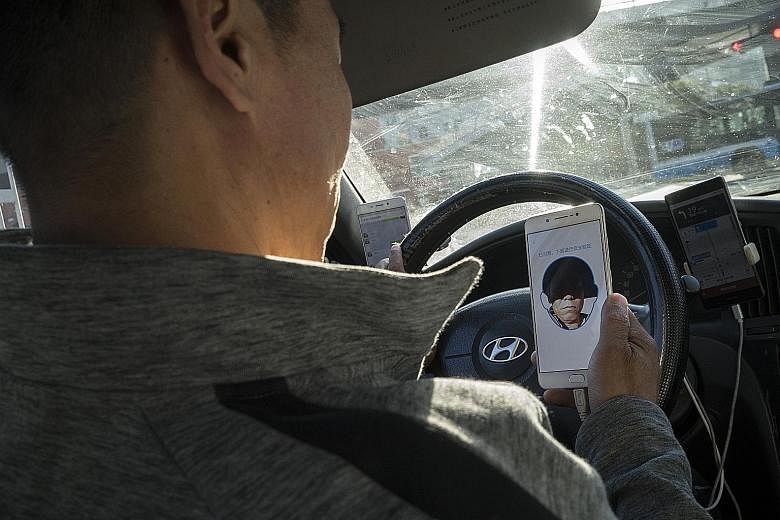JINAN • Madam Zhao Ying, 61, recently stepped out of her traditional way of life after seeing someone use facial recognition to check out at a supermarket.
The store has two machines for Alipay's face-scanning payment and one for WeChat's version of the technology.
After chatting with her family, Madam Zhao learnt that facial recognition technology has been applied not only in shopping but also in transport, payments and medical treatment, among other fields.
"The face-scanning era is coming," her son told her.
Facial recognition, which is based on human facial feature recognition - and is the most mature technology in the era of artificial intelligence, or AI - is changing lives in China.
Since April 1, commuters in Jinan in Shandong province have been able to quickly and easily enter subway stations just by smiling at a screen to unlock the gates, instead of using tickets or swiping their smartphones.
The facial recognition system allows 33 people to pass through a gate every minute, compared with 20 people when using conventional means.
The technology was introduced to the Chinese public after the 2008 Beijing Olympics.
Since 2015, it has been widely used in fields such as government affairs, finance and retail.
Many Internet giants in China are now promoting the commercial applications of facial recognition.
The technology also shines in the security industry. Dozens of fugitives have been caught by the police with the help of facial recognition at Chinese pop concerts in Nanchang, Jiaxing and Ganzhou.
Public security units in Jinan, Chongqing and Wenzhou have also applied the technology to crack down on illegal activities.
A total of 120 face-scanning devices have been set up in Jinan to capture photographs of jaywalkers or drivers who run red lights.
An official with the city's traffic police unit said that after the technology was adopted, the majority of people have paid more attention to traffic rules and the number of offenders caught on camera has dropped dramatically.
In 2017, "paying with your face" was named one of the top 10 breakthrough technologies in the world by the MIT Technology Review.
According to data from Qianzhan Industry Research Institute in Shenzhen, China's facial recognition market is expected to maintain a growth rate of more than 20 per cent in the next five years and will reach 10 billion yuan (S$2 billion) by 2024.
While the technology offers convenience, some are concerned about information security.
Law expert Wu Shenkuo at Beijing Normal University said the industry must strengthen its self-discipline and that there should also be legislative activities to protect individual privacy.

